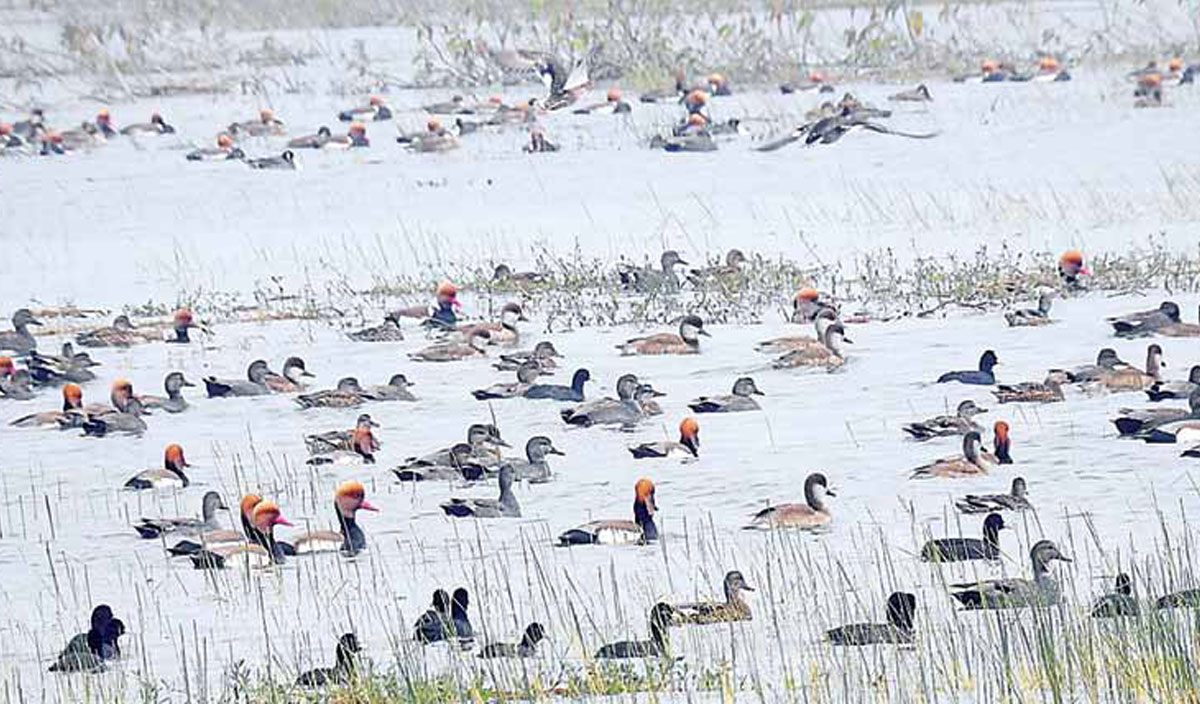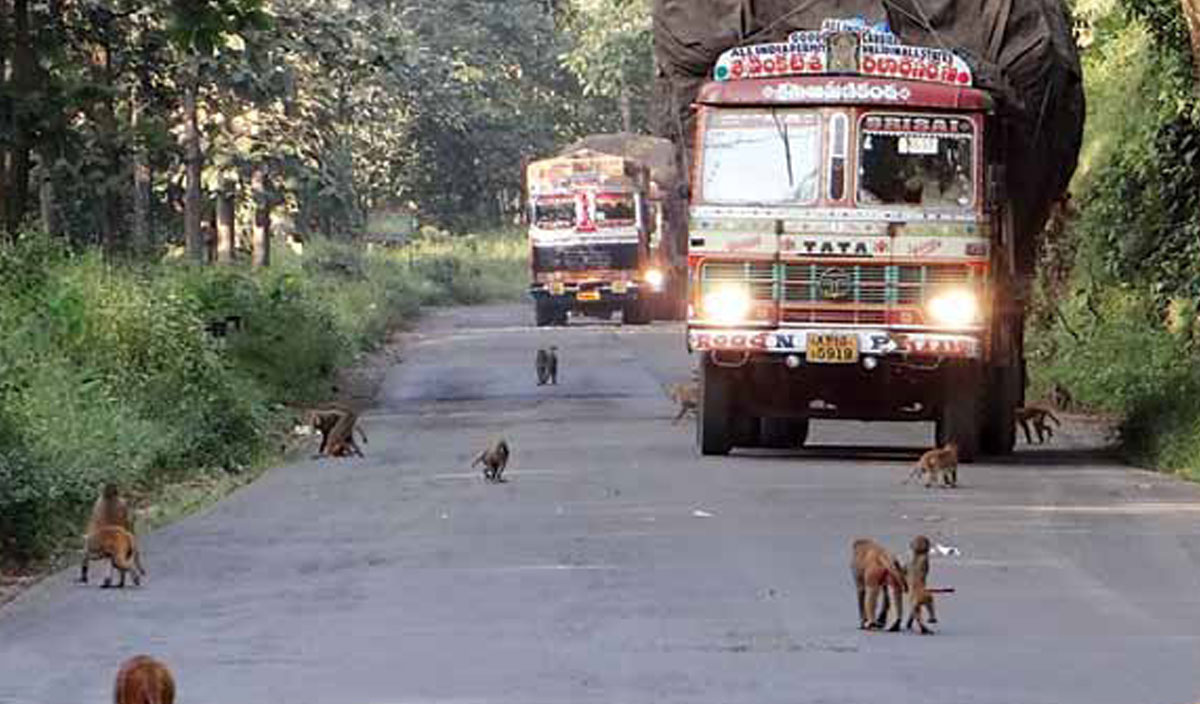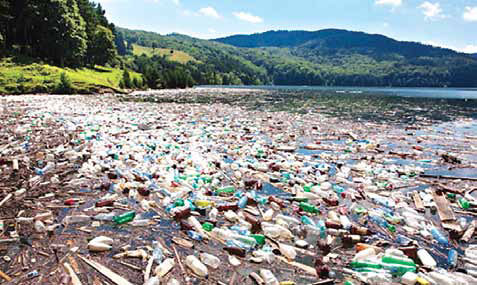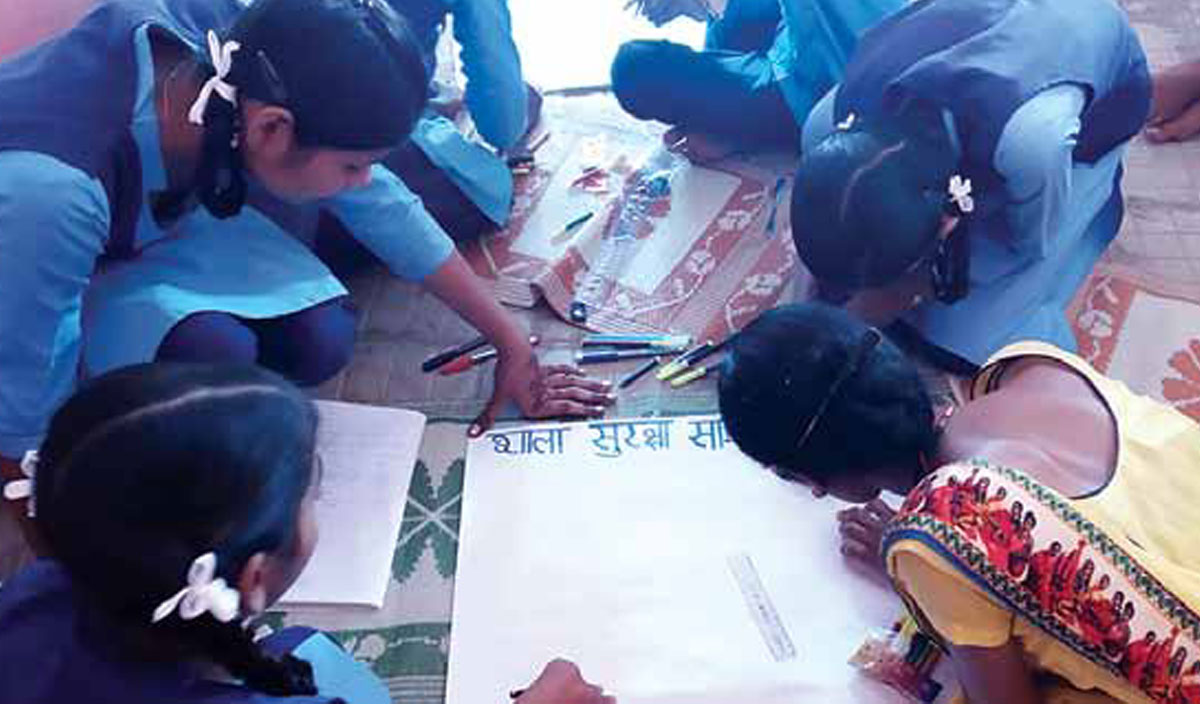
Risk informed development planning for resilient community
By Shivraj Sharma
Madhya Pradesh is called the “Heart of India” due to its geographical location in the country. The state is rich in natural resources as well as forest cover. The State recorded one of the highest agriculture and horticulture crops producing state in the country in recent times. As more than 70 percent (72.63 million total population) of the population resides in rural areas , agricultural production and related activities are the main occupation of Madhya Pradesh’s population.
Madhya Pradesh is a young state with more than 40 percent of population (30.5 Million) below eighteen years. While this offers prospects for growth, the State has a very poor record in the social indices. To cite a few instances; malnutrition (68.9 percent children under 5 years age – NFHS 4), crime against women (average more than 26,000 cases registered from 2014 to 2016) and children (13,746 cases registered in 2016). The state has 31.65 percent of population living below the poverty line reinstating the fact that population is reeling under development deficit.
Madhya Pradesh is lagging in health indicators compared to national average i.e., infant mortality rate, under 5 mortality rate and maternal mortality rate (51, 65, 130at state level and 41, 50, 173at national level as per NFHS – 4 and SRS 2014-16 ) respectively. Children with special needs are close to half a million (463,361) with declining child sex ratioi.e., 932 in 2001 and 918 in 2011. The state has 21 districts identified as scheduled tribe (ST) districts with 21.1 percent (15.31 Million) of the total population who are vulnerable to any disaster and climate change challenges. In a recent report issued by NITI Aayog on Health Index (Feb 2018) , Madhya Pradesh is placed 18 among 21 states indicating below average performance.
The growth rate of urban centres (towns) in state stands at approximately 353 percent, which is higher than that recorded at the national level of 334 percent, for the duration of 1901 to 2011. The Madhya Pradesh Economic Survey report (2017-18) states an increase of 5.79 percent in per-capita income from ₹ 52,406 net in 2016-17 to ₹55,442 (advance) in 2017-18. As per provisional rates, the per capita income of 73,268 in 2016-17 has increased 9.06 percent to 79,907 in 2017-18. Therefore, it suffices to summarise that development on economic front is happening in the state.
However, as per the Relief Commissioner’s office, the State has witnessed 9 drought years out of last 14 years, 33 districts have been affected by floods in the last 30 years, 5 hailstorms in last 6 years, with about 50 people dead and more than 30,000 displaced after Jabalpur earthquake, on an average more than 7,000 persons killed every year from 2003 till 2016 in road accidents, 3,787 persons killed in Bhopal gas tragedy representing the worst industrial accidents in manmade disasters. In May 2016, 35 newborns were rescued after fire broke out in Special New-born Care Unit (SNCU) of Morena government hospital, similarly in November 2017, 47 new-borns were rescued after fire broke out in MY Hospital, Indore. In these cases, electrical fire safety was the main reason due to water seeping in walls resulted in short-circuit hence fire. This year (2019), monsoon season has affected 38 districts of the state with 189 people died due to rain related causes. This lengthy monsoon season also saw 294 cattle dead, more than 371,025 people being affected from 951 villages with infrastructure loss of more than 123.07 million.
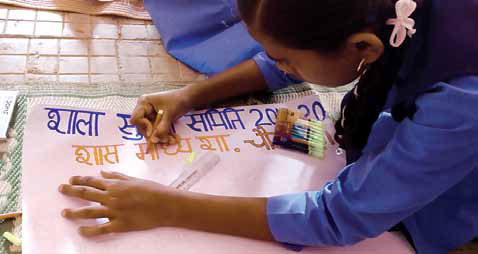
Plastic is posing a serious threat to living beings and with increase in consumption, the safe disposal of plastic waste has become a global concern. In Madhya Pradesh as per the State Pollution Control Board, 72,327.39 tons of plastic was generated in the year 2018- 19 (annual report). Out of 378 LUBs in the state, Indore and Bhopal were responsible for close to 40 percent of the plastic waste generated. Plastic takes more than 100 years easily to decompose in natural environment therefore a problem to ecology and human lives, whereas incinerating it below certain temperature, it turns into toxic air pollutant i.e., dioxins. Therefore, in every form it is harmful to all living beings and would be safe to assume plastic waste generation as another form of disaster.
Impacts of disasters are different for everyone; however unarguably it is the worst in case of children and women who are one of the vulnerable group among general population. Climate induced disaster have been increasing since last decade and with increasing intensity affecting the disaster risk governance in the state. As per the latest Economic Survey Report 2017-18, Madhya Pradesh, the Gross Value Added (GVA) for crops has come down and registered 1.61% decline. The reason for this decline has been mentioned as severe drought, scanty rainfall and decline in cropping area in recent times. This clearly indicates the changing climate has impact on crop production and it has implication on developmental programming.
As per the Millennium Development Goals Report 2014, in recent decades, positive gains have been made in the realization of children’s rights in health, education, gender parity and poverty. However, violent conflict, political instability, forced displacement, disasters, climate change and unprecedented public health emergencies are putting the future of millions of children at risk. Vulnerable groups such as children, women especially pregnant and lactating mothers, divyaang jan, elderlies, tribes etc bear the brunt of these disasters disproportionately – whether from illness, malnutrition, exploitation, or limited or no access to education. Analysis of the current data confirms that the state is facing different risks with varying intensities every year. Disasters take away development gains of several years and disrupt delivery of services to vulnerable groups with respect to education, nutrition, health, social protection and other social services. The deprivation can be overcome through resilience building by enhancing individual as well as institutional capacities however at present, departmental policies and plans do not explicitly take risk into account while planning.
Risk informed development planning aims to strengthen resilience to shocks and stresses by identifying and addressing the root causes and drivers of risk, including vulnerabilities, lack of capacity and exposure. Risk informed development planning is based on a robust risk analysis of the multiple shocks and stresses faced by children, communities and service delivery systems. Informed by risk analysis, state government can review, adjust and develop planning along with stakeholders. Government of India has endorsed key global initiatives that address disaster and climate risk, such as the Sustainable Development Goals (SDGs), the Sendai Frame work for DRR, the Paris Climate Agreement. There are compliance requirements from the disaster Management Act, 2005: Section 38 to 40 that requires State Government to take measures on risk analysis to preparedness and response. Also, the existing developmental schemes/ plans/ policies and disaster management institutional mechanism need the linkage and strengthenedcapacities on risk informed programming, focusing children. The current CSR rules and amendments (2019) have been modified which provide private sector to also engage with state government along with civil society organizations to initiate multi-sectoral resilience building of community. Therefore,
- Risk analysis in context to existing and emerging disaster and climate challenges
- Integration of this analysis in existing plans/ policies/ programmes by adjusting the same
- Convergence with other departments to minimize efforts and maximize co-benefits
- Robust and transparent monitoring with help understand the process and generate baseline as well as assist in creation of state level centralized database

